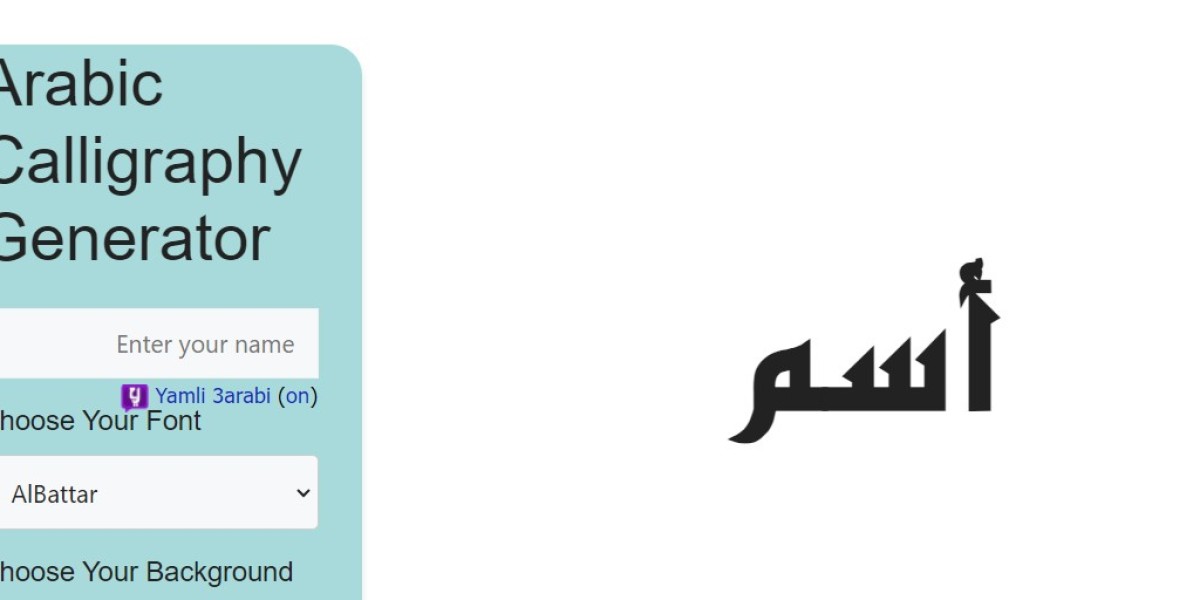Arabic typography is a fascinating realm that combines rich cultural heritage with contemporary design principles. As global communication continues to evolve, the need for effective and visually appealing typography has never been greater. Exploring Arabic typography allows designers, artists, and anyone interested in the art of writing to appreciate the unique characteristics and applications of Arabic script.
The Roots of Arabic Typography
The history of Arabic typography dates back to the development of the Arabic language itself, which has served as a medium for literature, religion, and art for over a millennium. The early forms of Arabic writing, often inscribed on stone and parchment, laid the groundwork for the intricate and diverse typographic styles we see today.
The distinct characteristics of Arabic script—such as its flowing lines and contextual letterforms—create unique challenges for typographers. Unlike Latin scripts, Arabic letters change shape based on their position within a word, leading to a rich tapestry of forms. This adaptability is a key feature that sets Arabic typography apart and enables it to be both functional and artistic.
Key Features of Arabic Typography
Arabic typography possesses several unique features that are essential for designers to understand:
Cursive Nature: Arabic letters are connected, creating a fluid and dynamic script. This cursive nature allows for creative expression but also requires careful attention to spacing and alignment.
Contextual Forms: Each Arabic letter has different forms based on its position in a word: initial, medial, final, and isolated. This versatility can be utilized creatively to enhance visual appeal.
Right-to-Left Orientation: Arabic script is read from right to left, which is a crucial aspect for designers to consider. This orientation influences layout, composition, and overall design flow.
Rich Decorative Potential: Arabic typography offers a wealth of opportunities for artistic embellishment. From geometric patterns to elaborate flourishes, the script lends itself to creativity, allowing designers to incorporate decorative elements that enhance the text's visual impact.
Applications of Arabic Typography in Modern Design
Arabic typography has diverse applications across various design fields. Here are a few prominent areas where explore Arabic typography plays a significant role:
Branding and Identity: Many companies in the Middle East and beyond are incorporating Arabic typography into their branding strategies. Unique typographic logos that combine Arabic and Latin elements can create a strong brand identity, appealing to both local and global audiences.
Print Media: Books, magazines, and posters often utilize Arabic typography to engage readers and convey messages effectively. Choosing the right typeface is essential to ensure readability while also capturing the essence of the content.
Web Design and Digital Media: As the internet becomes increasingly multilingual, the demand for Arabic typography in web design is growing. Designers must create responsive layouts that accommodate the unique characteristics of Arabic script, ensuring a seamless user experience.
Advertising and Marketing: Arabic typography plays a vital role in advertising campaigns, where attention-grabbing text is essential. Creative typography can enhance the emotional impact of advertisements, making them more memorable and engaging.
Tools for Exploring Arabic Typography
Advancements in technology have made it easier for designers to explore Arabic typography. Digital tools and software such as Adobe Illustrator, InDesign, and specialized typography platforms provide resources for creating and manipulating Arabic text. These tools enable designers to experiment with various typefaces, styles, and layouts, facilitating the design process.
Moreover, online resources and communities dedicated to Arabic typography allow designers to share knowledge, tips, and inspiration. Engaging with these communities can help designers stay updated on the latest trends and best practices in Arabic typography.
The Importance of Cultural Sensitivity
When exploring Arabic typography, it’s essential to approach the subject with cultural sensitivity and awareness. Arabic script is not only a means of communication but also a representation of cultural identity and heritage. Designers should be mindful of the cultural context behind the typography they use, ensuring that their designs are respectful and appropriate.
Conclusion
Explore Arabic typography opens a world of creativity, blending tradition with modern design practices. The unique features of Arabic script present both challenges and opportunities for designers, allowing for innovative and culturally rich expressions. By understanding the nuances of Arabic typography and utilizing contemporary tools, designers can create visually stunning work that resonates with audiences around the globe. Whether you’re a seasoned professional or a newcomer to the field, diving into the world of Arabic typography is an enriching experience that fosters creativity and appreciation for this beautiful script.



